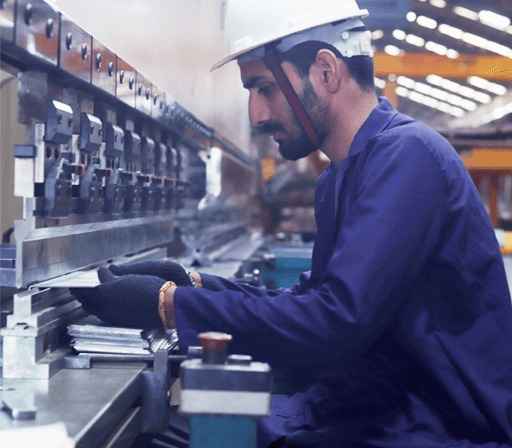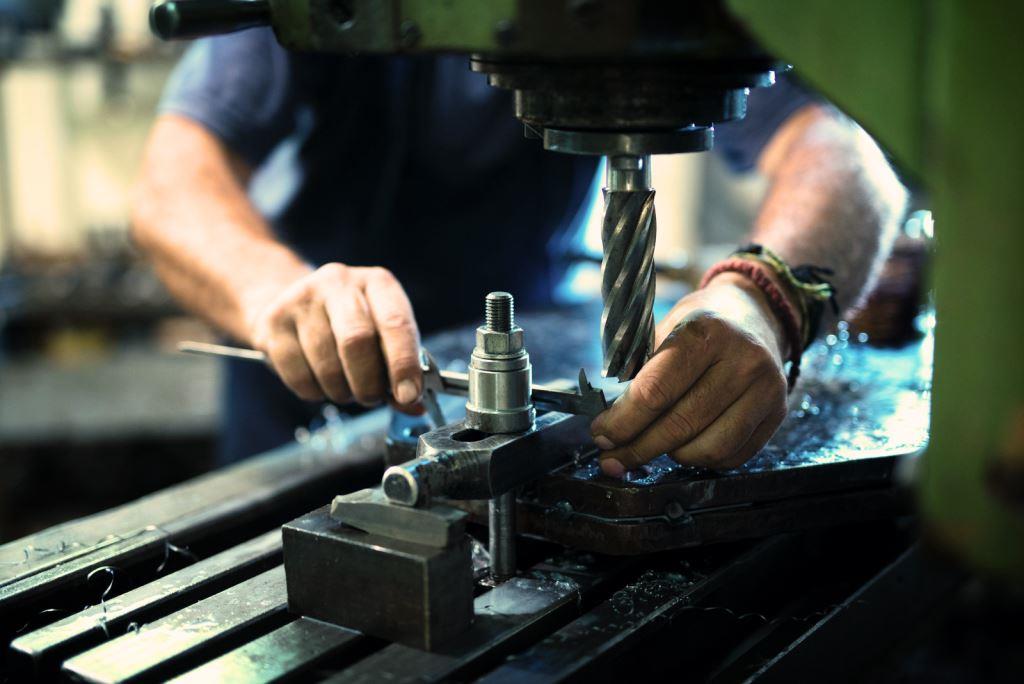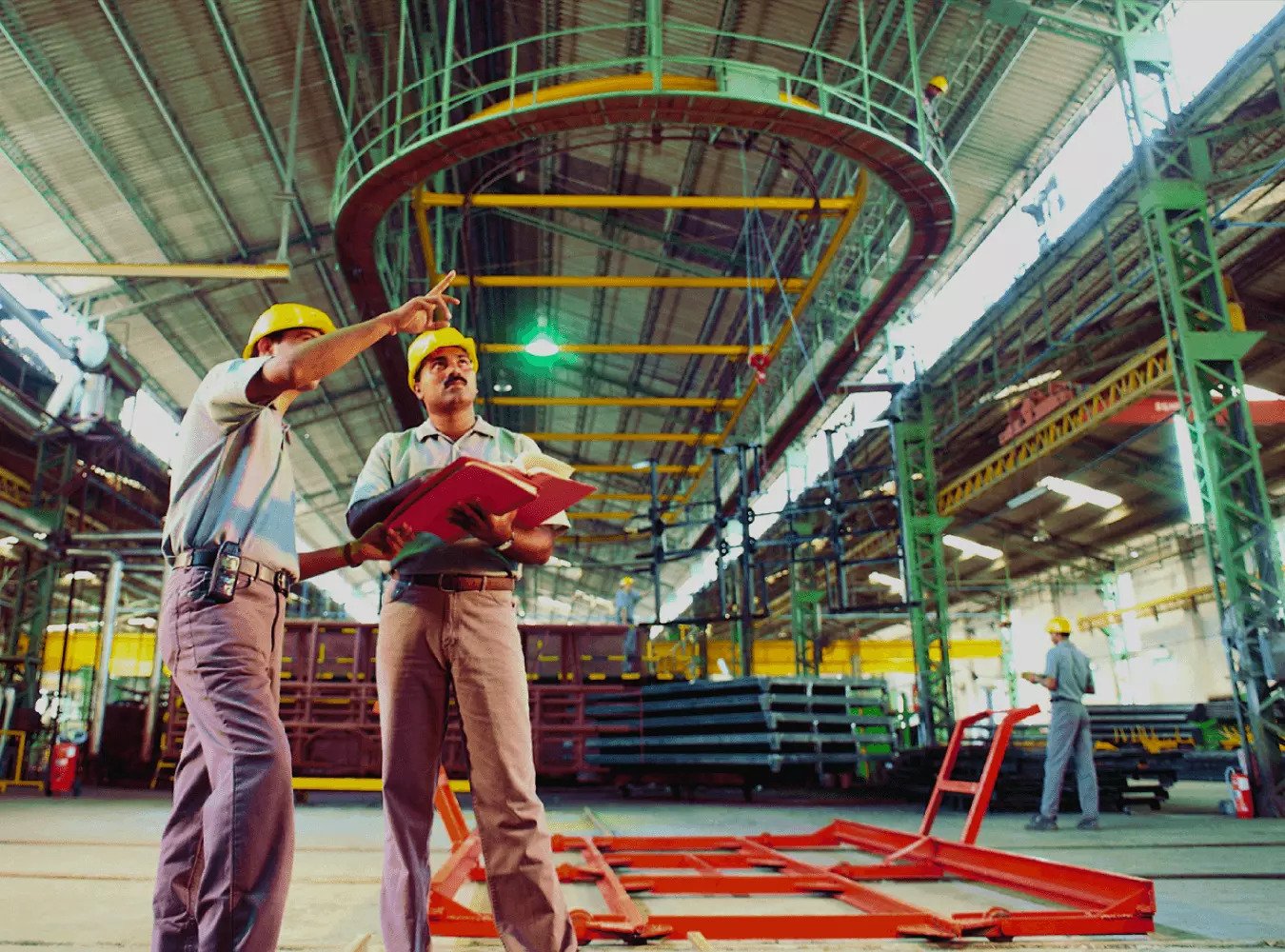The Art of Quality Manufacturing With Cost-effectiveness

For a mechanical manufacturing company, ensuring the quality of its products is of utmost importance. However, cost-effectiveness is also a key factor in maintaining a competitive edge in the industry. The art of quality manufacturing with cost-effectiveness is a challenging yet essential aspect of the manufacturing process.
Importance of Quality Manufacturing

Quality manufacturing is essential for any manufacturing company to ensure that their products meet or exceed customer expectations. With quality manufacturing practices it is ensured that the products meet certain standards, are safe to use, and are functional. Additionally, it ensures that the products are delivered to the clients on time and with minimum defects, ensuring customer satisfaction.
Importance of Cost-effectiveness

On the other hand, cost-effectiveness is also an important factor that manufacturing companies need to consider. The cost of producing a product must be carefully managed to ensure that it is priced competitively. Cost-effective manufacturing helps in minimizing wastage, reducing labor and material costs, and optimizing the manufacturing process. This enables companies to offer their products at a competitive price while still maintaining profit margins.
Bringing Quality & Cost-effectiveness Collectively
Implementing both quality manufacturing and cost-effectiveness can be a significant challenge for any manufacturing company. Maintaining quality while also reducing costs can be a delicate balance. It requires careful planning, a focus on efficiency, and the use of advanced manufacturing technologies. Following are some of the best practices to perfectly balance quality manufacturing and cost-effectiveness.
Process Optimization
Process optimization involves identifying areas of the manufacturing process that can be improved to reduce costs without sacrificing quality. This includes the use of advanced manufacturing technologies such as robotics and automation to improve efficiency, reduce labor costs, and improve product quality.
Lean Manufacturing
Lean manufacturing techniques involve eliminating wastage, reducing inventory, and improving the flow of the manufacturing process. This helps in reducing costs while also improving the quality of the product by minimizing the risk of defects.
Continuous Improvement
Continuous improvement involves constantly analyzing the manufacturing process to identify areas for improvement. This involves gathering feedback from clients and employees, monitoring production processes, and implementing changes to improve the overall manufacturing process.
Reducing Costs
One of the most significant challenges in quality manufacturing with cost-effectiveness is the need to reduce material and labor costs while still maintaining the quality of the product. This requires companies to focus on automating the process to save labor costs. Also, optimized usage of resources and less wastage can lead to reduced costs.
MSL: Innovating Design, Functionality & Comfort

Mobility Solutions Limited (MSL) has been delivering quality products to various industries since 1998. MSL manufactures sub-assemblies of Buses, Railway and Metro that consist of windows, seats, FPR/GRP parts, etc. MSL follows strict quality control practices to ensure that every product becomes an optimum solution for the end-user.
Conclusion
The art of quality manufacturing with cost-effectiveness is essential for any manufacturing company. Implementing both quality manufacturing and cost-effectiveness requires a focus on process optimization, lean manufacturing techniques, and continuous improvement. It is a challenging yet essential aspect of the manufacturing process that must be carefully managed to maintain a competitive edge in the industry.
_(1).jpg)
.jpg)


